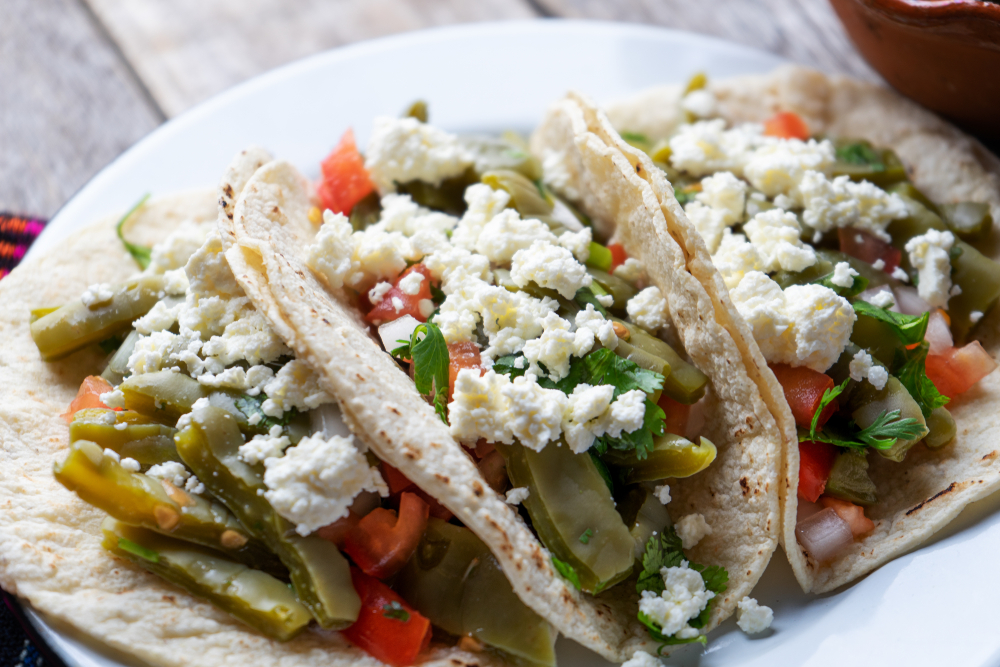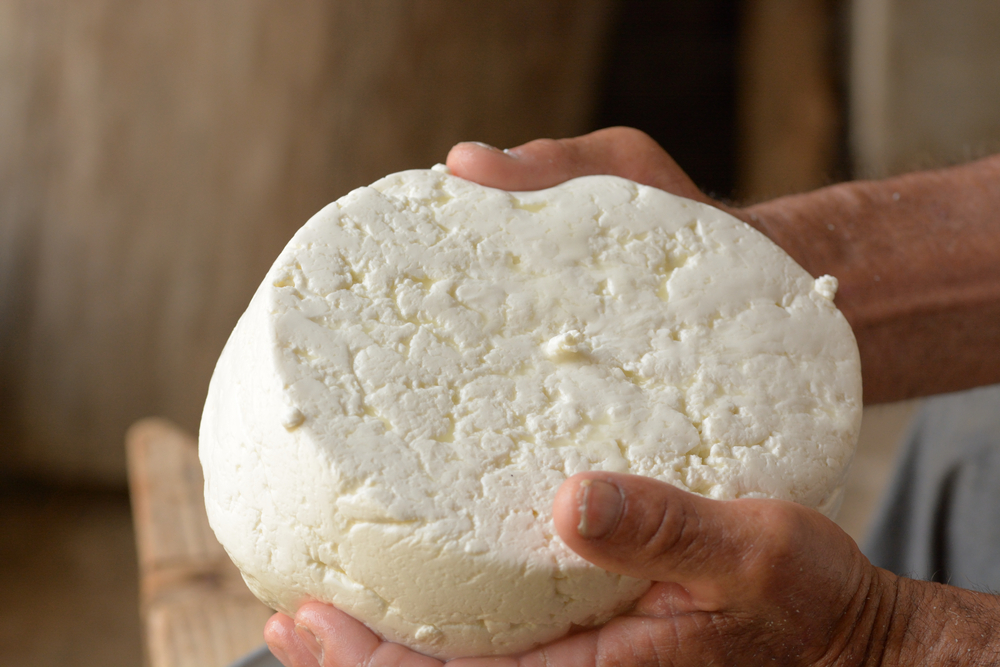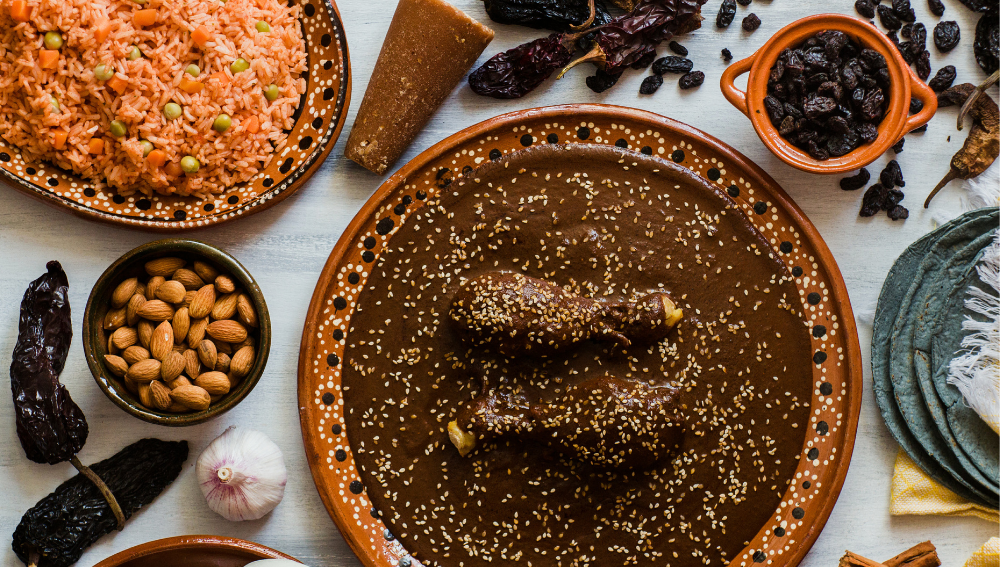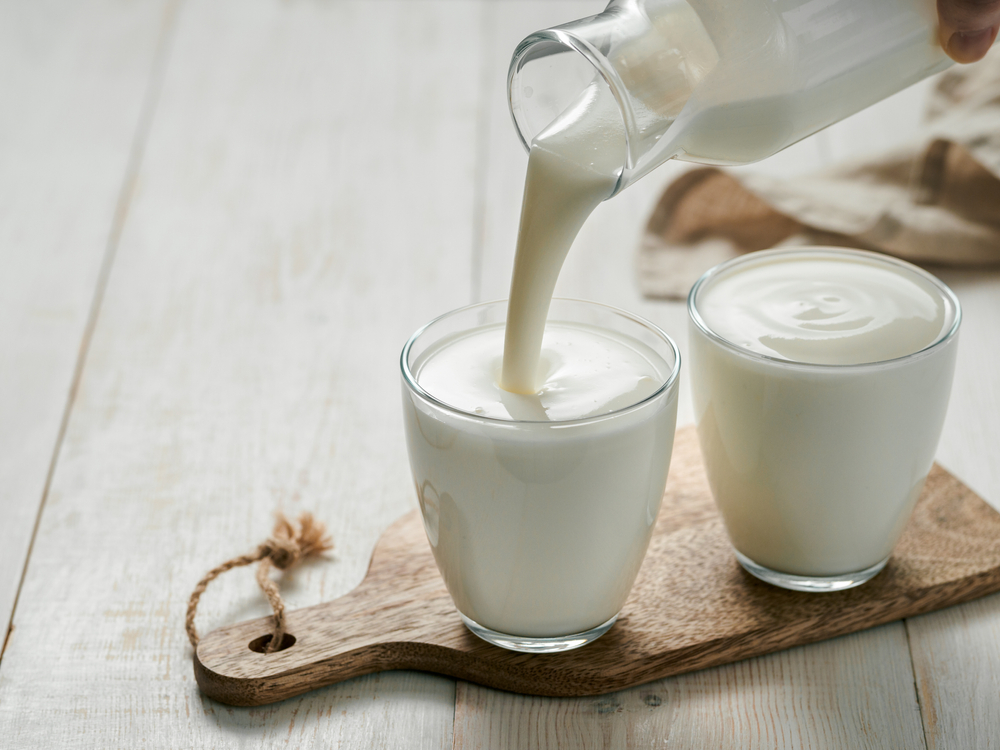As a lover of queso, I know how disappointing it can be when you have leftovers that you want to enjoy again, but the cheese has solidified and the texture is no longer creamy.
Fortunately, reheating queso is not as complicated as it may seem. With a few simple steps, you can have your queso dip back to its original gooey and delicious state.
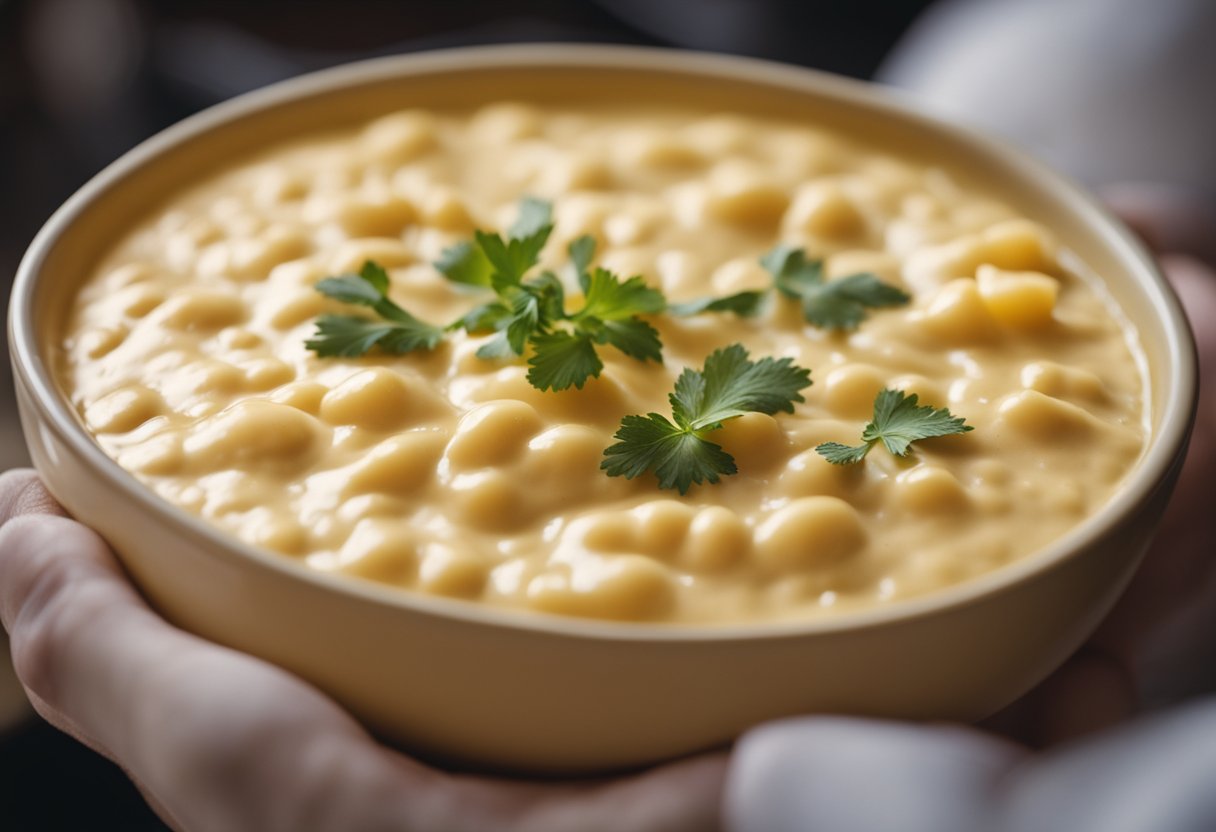
Before we dive into the methods of reheating queso, let’s first understand what queso is. Queso is a Mexican cheese dip made with melted cheese, cream, and various seasonings.
It is a popular appetizer or snack that is often served with tortilla chips. When reheating queso, it’s important to keep in mind that cheese can be temperamental and may not reheat the same way as other foods.
Now that we have a basic understanding of queso, let’s go over some reheating basics. When reheating queso, it’s best to start by allowing it to come to room temperature.
This will help it heat up more evenly and prevent any clumping or separation of the ingredients. Additionally, it’s important to reheat queso slowly and gently to prevent the cheese from breaking down.
With these basics in mind, let’s explore some methods of reheating queso to get it back to its delicious, creamy state.
Key Takeaways
- Reheating queso is simple and can be done with a few easy steps.
- Understanding the basics of queso and cheese is important for successful reheating.
- By using various reheating methods and enhancing the dip with additional ingredients, you can enjoy your queso again and again.
Understanding Queso
As someone who loves Mexican cuisine, I have a great appreciation for queso. Queso is a delicious cheese dip that is a staple in many Mexican households. It is a versatile dish that can be used as a dip, a topping, or even as a sauce.
Queso is made from a variety of different cheeses, including cheddar, Monterey Jack, and cream cheese.
The cheese is melted down with other ingredients, such as milk, butter, and spices, to create a smooth and creamy dip that is perfect for dipping tortilla chips, vegetables, or even breadsticks.
It’s important to note that not all queso is created equal. There are many different recipes for queso, and each one has its own unique flavor and texture.
Some recipes call for more cheese, while others use more milk or cream. Some recipes include spices like chili powder or cumin, while others keep it simple with just cheese and milk.
Cheese is the star ingredient in queso, and it’s important to choose the right type of cheese for your recipe.
Cheddar and Monterey Jack are popular choices, but you can also experiment with other types of cheese, such as queso blanco or queso fresco.
When it comes to reheating queso, it’s important to do it properly to avoid ruining the texture or flavor. There are several methods you can use to reheat queso, including the oven, stovetop, or microwave.
Each method has its own pros and cons, and the best method for you will depend on your personal preferences and the amount of time you have available.
Overall, queso is a delicious and versatile dish that can be enjoyed in many different ways. Whether you’re using it as a dip or a topping, or even as a sauce, it’s important to choose the right ingredients and to reheat it properly to get the best results.
Reheating Queso Basics
When reheating queso, there are a few basic things to keep in mind to ensure that the final product is just as delicious as the first time around.
Whether you’re reheating leftover queso from a party or simply want to enjoy your favorite dip again, these tips will help you achieve the perfect texture, consistency, and flavor.
First, it’s important to note that the reheating process can affect the texture and consistency of your queso.
If you’re using a microwave, for example, the heat can cause the cheese to separate and become grainy. To avoid this, it’s best to reheat your queso slowly and gently, either on the stove or in the oven.
Another key factor to consider when reheating queso is moisture. Depending on the ingredients in your dip, it may become dry or thick when reheated.
To combat this, you can add a splash of milk or cream to your queso before reheating to help restore its creamy texture.
When reheating queso, it’s also important to keep an eye on the temperature. While you want your dip to be hot and gooey, you don’t want it to be so hot that it burns your mouth.
A food thermometer can be a helpful tool to ensure that your queso has reached a safe temperature of at least 165°F (74°C).
Finally, it’s important to note that reheating queso can sometimes cause the flavors to become muted or even change altogether.
To combat this, you may want to add a bit of extra seasoning or spices to your queso before reheating to help bring out its full flavor.
Methods of Reheating Queso
When it comes to reheating queso, there are several methods you can use. The method you choose will depend on your personal preference and the equipment you have available.
Here are some of the most popular methods for reheating queso:
Microwave Method
The microwave method is one of the quickest and easiest ways to reheat queso. Start by transferring the queso to a microwave-safe bowl or container.
Microwave the queso on high for 30 seconds at a time, stirring after each interval, until it reaches your desired temperature. Be careful not to overheat the queso, as it can become grainy or separate.
Stovetop Method
The stovetop method is another popular way to reheat queso. Start by transferring the queso to a saucepan or skillet. Heat the queso over low heat, stirring constantly, until it reaches your desired temperature.
This method can take a bit longer than the microwave method, but it allows for more control over the heat and can help prevent the queso from separating.
Oven Method
The oven method is a great option if you’re reheating a large batch of queso. Start by preheating your oven to 350°F. Transfer the queso to an oven-safe dish and cover it with foil.
Bake the queso for 10-15 minutes, or until it reaches your desired temperature. Be sure to use oven mitts when handling the dish, as it will be hot.
Alternative Methods
If you don’t have a microwave, stovetop, or oven available, there are some alternative methods you can try. For example, you can reheat queso in a crockpot, air fryer, or toaster oven.
You can also use a fondue pot to keep the queso warm while serving. Just be sure to follow the manufacturer’s instructions and adjust the cooking time as needed.
Overall, there are several methods for reheating queso, each with its own advantages and disadvantages. Experiment with different methods to find the one that works best for you.
Enhancing Reheated Queso

When reheating queso, there are a few additional steps you can take to enhance its flavor and texture.
Here are some tips:
- Stirring: Before reheating your queso, give it a good stir to ensure the ingredients are evenly distributed. This will help prevent any clumps or separation during the reheating process.
- Milk and Pepper: If your queso is too thick after reheating, add a splash of milk to thin it out. Additionally, a pinch of black pepper can help balance out the flavors.
- Tomatoes and Spices: To add some freshness and complexity to your reheated queso, consider adding diced tomatoes and your favorite spices. Some popular options include cumin, chili powder, and paprika.
- Butter and Flour: If your reheated queso is too thin, you can thicken it up by making a roux with butter and flour. Melt a tablespoon of butter in a saucepan, then whisk in a tablespoon of flour until smooth. Gradually whisk in your reheated queso until it reaches your desired consistency.
- Onion, Jalapeño, and Cilantro: For a more complex flavor profile, sauté diced onion and jalapeño in a separate pan until softened, then stir them into your reheated queso. Top with fresh cilantro for a pop of color and flavor.
- Cheeses and Garlic: To take your reheated queso to the next level, consider adding additional cheeses and garlic. Cheddar, Monterey Jack, and Pepper Jack are all great options. Melt the additional cheeses into your reheated queso, then stir in minced garlic for extra flavor.
- Salt: Don’t forget to taste your reheated queso and adjust the seasoning as needed. A pinch of salt can help bring out the flavors and balance the sweetness of any added ingredients.
- Toppings and Proteins: Finally, consider adding your favorite toppings and proteins to your reheated queso. Chorizo, jalapeño peppers, and diced avocado are all great options. Serve with tortilla chips or use as a topping for nachos or tacos.
By following these tips, you can transform your reheated queso into a delicious and flavorful dish that’s sure to impress.
Safety and Storage Tips
As someone who loves hosting parties and making delicious queso, I know how important it is to store and reheat leftovers safely to avoid any foodborne illnesses.
Here are some tips to ensure that your leftover queso is safe to eat:
- Store leftover queso in an airtight container in the fridge for up to 3-4 days. Make sure to label the container with the date so you can keep track of how long it has been in the fridge.
- If you have a lot of leftover queso and don’t think you’ll be able to finish it within 3-4 days, you can freeze it for up to 2 months. Just make sure to transfer it to a freezer-safe container and label it with the date.
- When reheating leftover queso, make sure it reaches an internal temperature of 165°F (74°C) to kill any bacteria that may have grown while it was in the fridge or freezer.
- Avoid reheating leftover queso more than once to reduce the risk of foodborne illnesses. Instead, reheat it in portions as needed to avoid waste.
- Use fresh ingredients when making queso to reduce the risk of foodborne illnesses. Make sure to cook any meat thoroughly before adding it to the queso.
- When hosting a party, make sure to keep the queso hot by using a slow cooker or other warming device. Don’t leave the queso out at room temperature for more than 2 hours to avoid bacterial growth.
By following these safety and storage tips, you can enjoy delicious leftover queso without worrying about foodborne illnesses.
Frequently Asked Questions
What is the best way to reheat queso fresco?
The best way to reheat queso fresco is to use a double boiler. Fill a small pot with water and place a heat-safe bowl on top of the pot.
Add the queso fresco to the bowl and heat it over low heat. Stir frequently until the cheese is melted and heated through.
How do you reheat queso without it separating?
To reheat queso without it separating, add a small amount of milk or cream to the cheese before reheating. This will help to keep the cheese smooth and creamy.
Heat the queso over low heat, stirring frequently until it is heated through.
Can you reheat queso in the oven?
Yes, you can reheat queso in the oven. Preheat the oven to 375°F and transfer the queso to an oven-safe dish. Cover the dish with foil and bake for 10-15 minutes, or until the cheese is melted and heated through.
What is the recommended method for reheating queso dip?
The recommended method for reheating queso dip is to use a double boiler. Fill a small pot with water and place a heat-safe bowl on top of the pot.
Add the queso to the bowl and heat it over low heat. Stir frequently until the cheese is melted and heated through.
How do you keep queso warm for a party?
To keep queso warm for a party, transfer the queso to a slow cooker or fondue pot. Set the temperature to low or warm and stir occasionally to prevent the cheese from burning or sticking to the bottom of the pot.
What is the best way to reheat queso in a slow cooker?
To reheat queso in a slow cooker, transfer the queso to the slow cooker and set the temperature to low. Stir occasionally until the cheese is melted and heated through.
If the queso begins to thicken or separate, add a small amount of milk or cream and stir until smooth.



